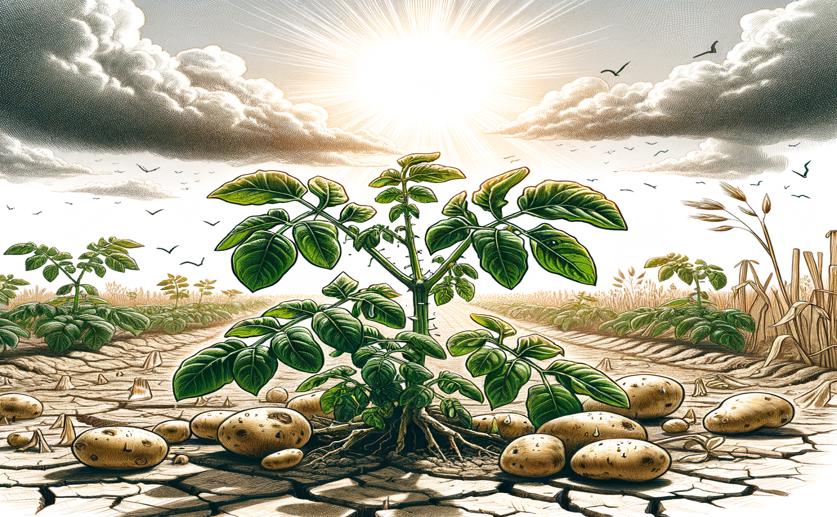
How Heat and Drought Affect Young Potato Plants
Jim Crocker
8th August, 2024

Image Source: Natural Science News, 2024
Key Findings
- The study by Gansu Agricultural University examined the combined effects of heat and drought on 'Atlantic' potatoes
- Combined heat and drought stresses significantly reduced potato photosynthesis and overall plant health
- Potatoes under combined stress showed increased oxidative stress, suggesting the need for enhanced ROS-scavenging mechanisms to improve stress tolerance
AgricultureBiochemPlant Science
References
Main Study
1) Dynamics of physiological and biochemical effects of heat, drought and combined stress on potato seedlings
Published 7th August, 2024
https://doi.org/10.1186/s40538-024-00639-0
Related Studies
2) Plant adaptations to the combination of drought and high temperatures.
3) Genotypically Identifying Wheat Mesophyll Conductance Regulation under Progressive Drought Stress.
4) Complex plant responses to drought and heat stress under climate change.



 2nd August, 2024 | Greg Howard
2nd August, 2024 | Greg Howard